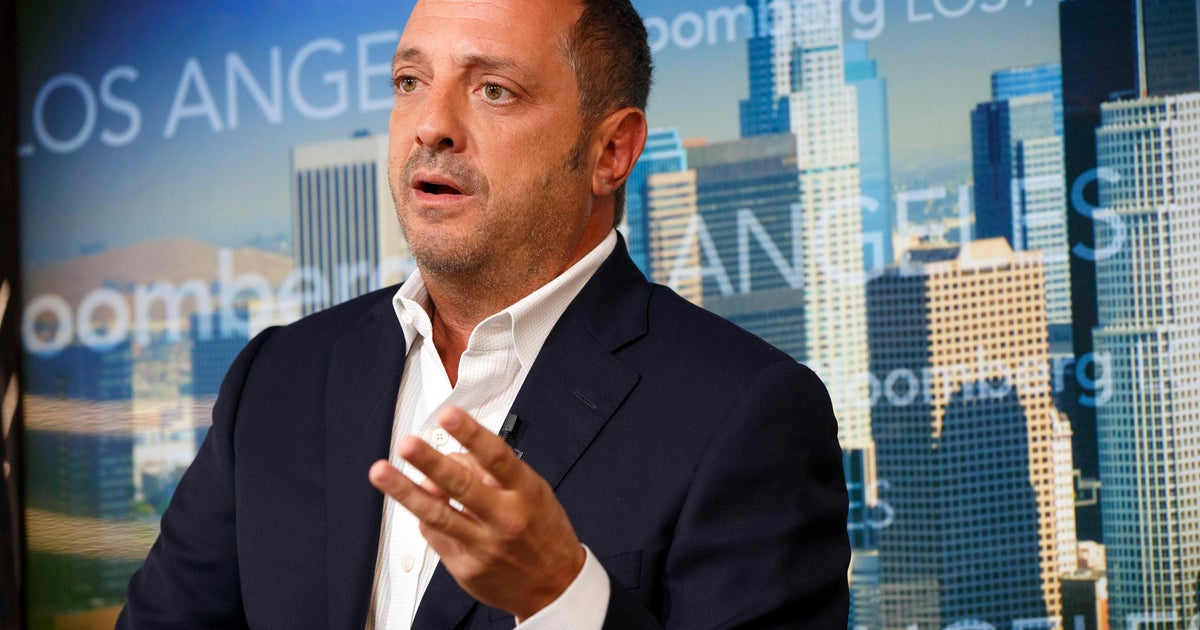Thousands of companies that borrowed from U.S. relief fund plan layoffs
A significant number of U.S. small business owners who got money from the government-backed small business coronavirus relief program say they will end up laying off hundreds of thousands of workers anyway.
As many as 653,000 small businesses that were awarded forgivable, 1% loans from the Paycheck Protection Program could begin cutting employees as early as next month as their federal funding runs out. What's more, 70,000 of those businesses are expected to lay off at least 10 workers each.
Those findings come from a survey from the National Federation of Independent Businesses that was released this week. It found that 14% of the 4.6 million companies that have received funds from the Paycheck Protection Program are considering laying off workers when they deplete their government loan funds.
The Paycheck Protection Program was one of the first relief programs to launch following the passage in late March of the CARES Act, the government's coronavirus economic assistance package. Its roughly $520 billion in loans made to small businesses with fewer than 500 employees have been credited with saving jobs and softening the blow of the economic downturn, although there has been no significant study of the economic impact of the program.
Another $140 billion in PPP money has yet to be distributed, but critics say a lack of flexibility in the way the funds could be spent by small businesses and confusing rules on what would make the loans fully forgivable, interest and all, frightened away some borrowers. A slow start to the program, and the fact that banks appear to have favored larger borrowers, may have also turned off some mom-and-pop business owners who were expected to be the main beneficiaries of the program.
The program began lending in the first week of April, though most companies didn't end up receiving funds until early May. Initially businesses were required to spend their entire loan within two months in order to qualify for forgiveness. That was extended to 24 weeks in early June.
But the NFIB survey found that more than 40% of the companies that took out PPP loans expected to end up using all of their funds in three months anyway. That means the some firms could exhaust their PPP money by as early as next week. The program itself is winding down.
The deadline for companies to apply for PPP loans is June 30. While that may be extended, there is little talk of letting firms that have already borrowed from the program go back for another round of funding.
The small business lending program also is ending around the same time that government-enhanced unemployment benefits are running out as well. That double hit, along with the fact that Covid-19 cases appear to be growing in a number of states, could put the economy back in jeopardy this summer.
Economic data show that layoffs slowed in early April, shortly after the PPP launched. That has been the main evidence that the small business aid was successful in relieving the pain of the coronavirus shutdown. May's unemployment rate was also significantly lower than many expected.
But economists have said that the PPP will only end up being successful if firms cancel plans to cut workers, rather than just delay layoffs for a few months.
"Whether the PPP achieved its main objective of preventing small businesses from firing their staff and closing their doors permanently will take some months to determine," Diego Zuluaga, an economist at the Cato Institute, conservative think tank, wrote in a blog post this week. "If the same proportion of PPP borrowers and non‐borrowers ends up shutting down, then the PPP will have been a waste."



